|
Here's a quick animation from the night of 24th/25th March showing the movement of Comet 41P against the background stars. Each frame is a 2 minute exposure taken with a 135mm lens, the time-lapse is two hours long. On the 24th March it was visible in the bowl of The Big Dipper, or business end of The Plough if you prefer. The bright stars of this famous asterism are just out of frame. Over the next few days it moved into the neighbouring constellation of Draco. Comet 41P goes by the name of Tuttle–Giacobini–Kresák which is a bit of a mouthful. This is because comets are typically named after their discoverers, 41P was independently found in 1858, 1907 and 1951. It is a short period comet which approaches the Sun every 50 years or so and is thought to have a nucleus about a mile across. The comet has a circular appearance rather than showing the classic cometary tail because of the viewing angle.
...
0 Comments
Rising to the East at this time of year, the three stars of the Summer Triangle are bright enough to punch through twilight and even a little wispy cloud. To the naked eye they appear as three white/blue points of similar brightness, but this is deceptive.
The two stars on the right of the image - Vega and Altair - are indeed quite similar. They are both A-class stars, more massive and more luminous than the Sun. As residents of our neighbourhood they are among the brightest in our sky. The most surprising thing about Vega and Altair is: they are not round. They aren't even close to spherical. Full astronomical darkness is now returning to the southern UK. Here's a chart from FLO's Clear Outside showing annual darkness for Bodmin Moor. In the blue portion of the chart, centered around Midsummer, the sky never becomes fully dark. At that time of year the Sun never drops very far below the horizon, so the upper layers of the atmosphere are still lit up in an extended twilight. This isn't easily noticeable from brightly-lit towns and cities but is quite obvious from a dark, rural location. Astronomical images taken outside of astro-dark have a blue tint and are washed out to some degree by the reflected sunlight. The 15 second exposure above was taken on the 18th June in SE Herts, at about 11:30 PM. The yellow colour at the bottom right is caused by light pollution, probably from the town of Bishop Stortford.
|
Archives
May 2020
Categories
All
|
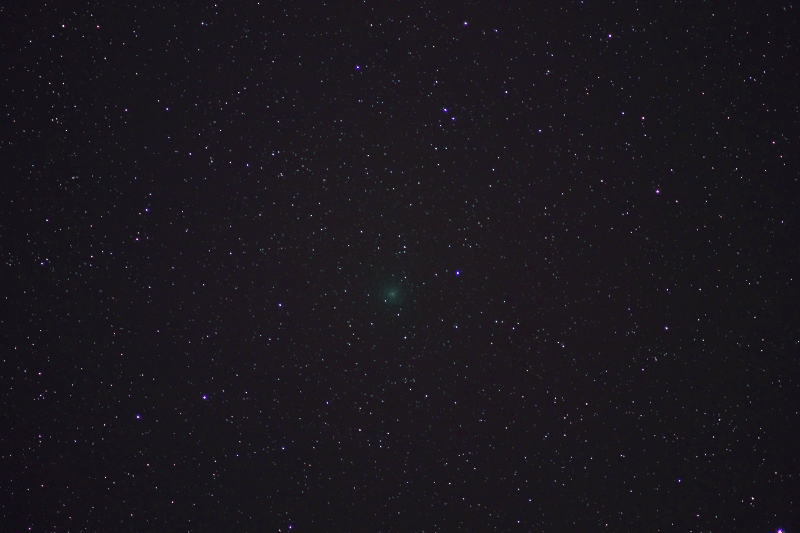
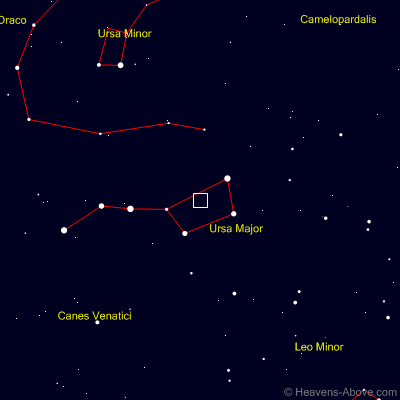
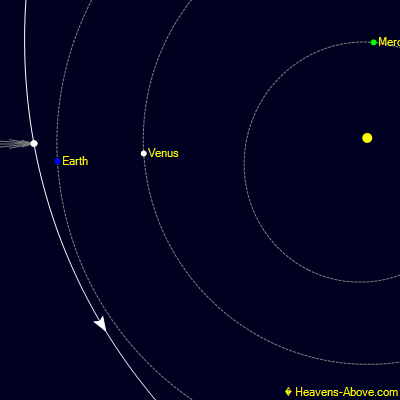
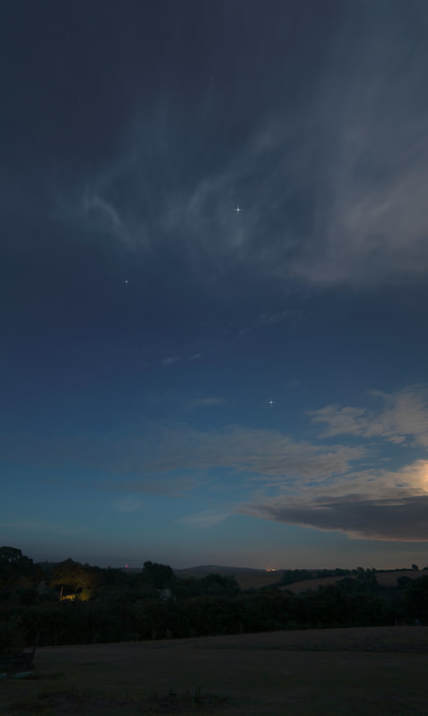


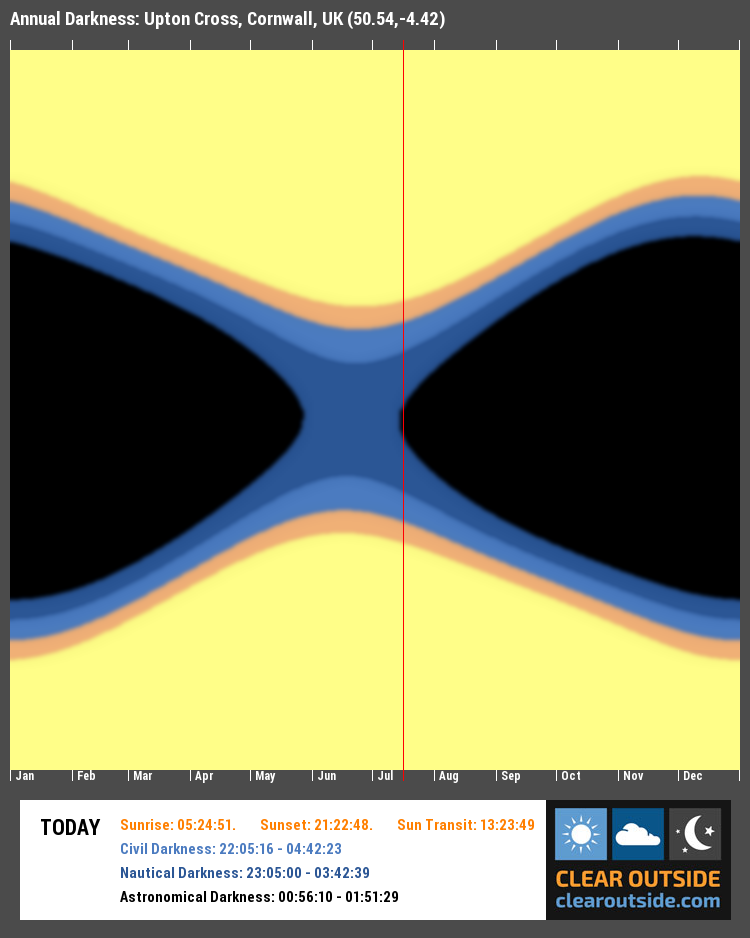
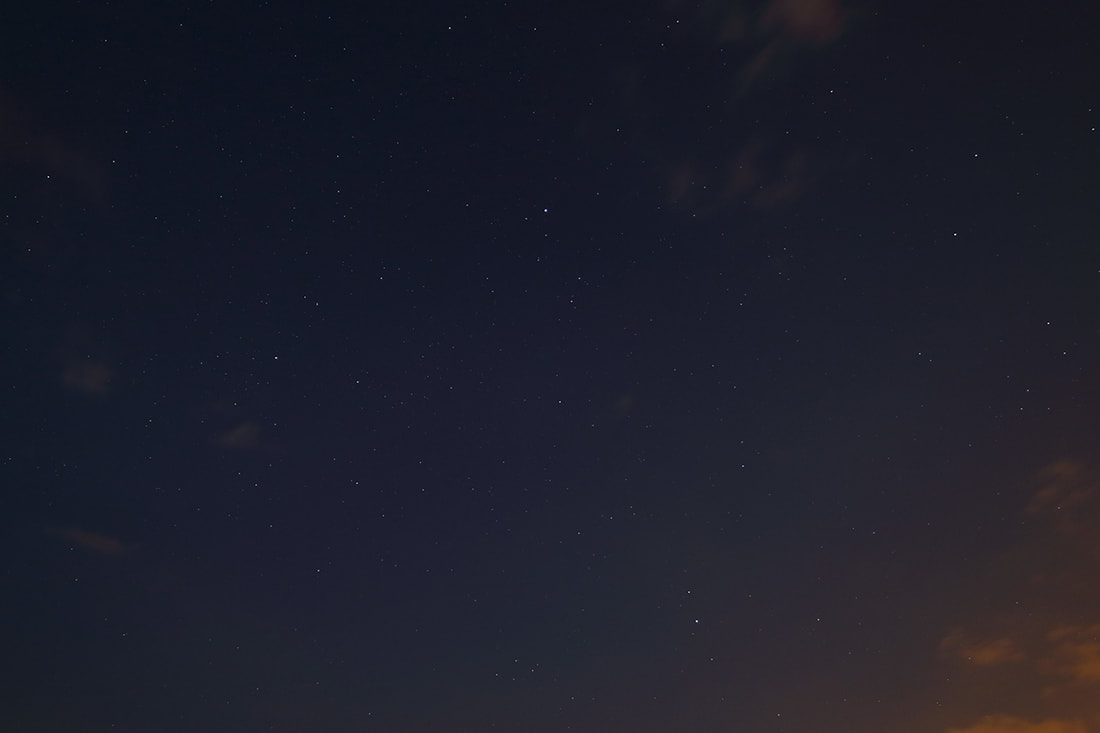
 RSS Feed
RSS Feed